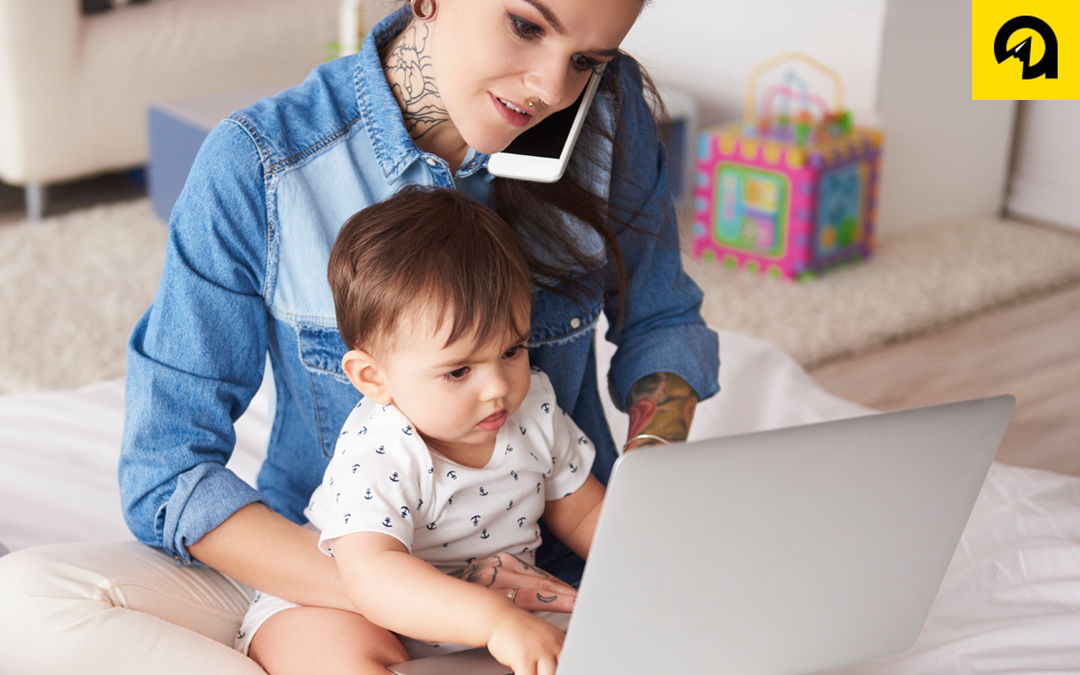Today’s Absolute blog entry was supposed to be a Q & A post covering some of the common questions clients have regarding best social media practices, but that will have to wait for another day. You see, today a truly life-changing event occured. When the staff came in this morning, we found ourselves in some archaic world that harkened back to times of lore. It would be a moment I’m not sure anyone could ever mentally prepare themselves for. The internet was down.
We huddled together, Google chat nowhere to be found, emojis replaced with actual human faces. To our shock and surprise, no one shed physical tears when laughing or stuck out their tongue all creepily like when they winked with one eye. What kind of place had we fallen back to? We questioned what was happening in the world outside, had others survived? Was the government still functioning? Would we ever see YouTube videos of cats playing piano in a sequined-covered sports coat again? If a meme falls in a forest, but the guy walking with his girlfriend while looking back longingly at another woman isn’t there to hear it….well, you get the picture.
Ok, so there’s a fair amount of hyperbole in what you just read, but an hour into our tech dilemma this morning, it was decided that Absolute Marketing Group would persevere on as our team went out our office doors to work from home. So, for today’s blog entry, we’re going to draw a little inspiration from our current predicament and talk about an issue more-and-more companies are contemplating in their boardrooms: allowing employees to work from home.
The Big Question
Today, somewhere around 8 million people across the United States work exclusively from home. That number represents about 5.2% of the working population[mfn]https://qz.com/work/1392302/more-than-5-of-americans-now-work-from-home-new-statistics-show/[/mfn]. While this number would barely qualify for public funding if it were running for President of the United States, it represents an uptick from the year 2000 when 3.3% of people were working from home[mfn]https://qz.com/work/1392302/more-than-5-of-americans-now-work-from-home-new-statistics-show/[/mfn]. The benefits for the employee are obvious. Working from home eliminates an employee’s daily commute, potentially saving them hours of time each day and a check blank dedicated for gas. It allows them the flexibility to care for their children and raise a family. It gives them access to a custom-stocked kitchen at lunch and a restroom exclusive to themselves when nature calls. That uncomfortable office chair in a small cubicle, forget it, it’s been replaced by recliners and sofas in a room made for living. For the employee, the benefits are many, which is why many corporate heads-of-state are afraid that personal freedom and on-hand access to so many luxuries might tempt an employee to take advantage of their surroundings while on the company’s dime. Luckily for them, Stanford University completed a two-year study that might alleviate those fears.
The Data
Stanford Professor Nick Bloom reached out to Shanghai company Ctrip, a travel agency with over 16,000 employees, facing limited office space that also came at a high cost and employees facing unbearably long commutes. Using a test group of 500 employees, he set off to see if the pros could outweigh the cons when having employees work from home[mfn]https://www.inc.com/scott-mautz/a-2-year-stanford-study-shows-astonishing-productivity-boost-of-working-from-home.html[/mfn]. While Professor Bloom expected to see something of a 50/50 split, the results shocked him. Over the course of his two-year study, the pros had handedly won. When it came to worker productivity, the study found that the company had gained nearly a full day’s worth of productivity per employee versus the standard full-time work-week on-site workers were experiencing[mfn]https://www.inc.com/scott-mautz/a-2-year-stanford-study-shows-astonishing-productivity-boost-of-working-from-home.html[/mfn]. Working from home had negated the effects of employees coming in late or leaving early, while the employees found themselves with less distractions and an environment that was easier to concentrate in[mfn]https://www.inc.com/scott-mautz/a-2-year-stanford-study-shows-astonishing-productivity-boost-of-working-from-home.html[/mfn]. The Ctrip employees that participated in the study took fewer sick days, shorter breaks on average to their in-office counterparts and took less time off[mfn]https://www.inc.com/scott-mautz/a-2-year-stanford-study-shows-astonishing-productivity-boost-of-working-from-home.html[/mfn]. The benefits to the company weren’t just limited to an increase in productivity and more bang for their labor buck, however. The company saved around $2,000 a year per employee when they worked from home[mfn]https://www.inc.com/scott-mautz/a-2-year-stanford-study-shows-astonishing-productivity-boost-of-working-from-home.html[/mfn]. A study from Gallup also concluded that allowing people to work from home increased employee retention rates and led to better company productivity[mfn]https://qz.com/work/1392302/more-than-5-of-americans-now-work-from-home-new-statistics-show/[/mfn]. In fact, the single largest drawback to these programs seems to come from the employee’s end, not the company’s. Some workers expressed a feeling of isolation existing solely in the digital realm, missing the camaraderie that can come from working side-by-side with their fellow employees[mfn]https://www.inc.com/scott-mautz/a-2-year-stanford-study-shows-astonishing-productivity-boost-of-working-from-home.html[/mfn].
The Verdict
Truth be told, the ubiquitous nature of broadband internet access has made working from home a viable option for many employees across the labor spectrum, and study after study seems to point in the direction of the practice being better for employees as well as the companies they work for. This trend will most likely continue to grow in the future as companies seek to retain employees longer and the workforce at-large seeks more flexibility in their day-to-day lives and a better work-life balance. One things for sure and should probably be stated for full disclosure. This author got to write this blog entry while wearing his pajama pants and stretching himself out liberally on a pretty comfy couch, so I think you know where my vote is at.

